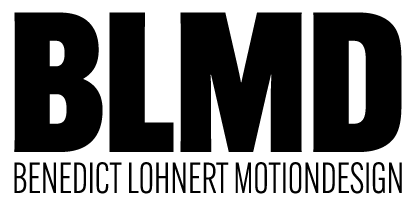MCW 2014
From graffiti to relief: The work of the Stuttgart artist Marc C. Woehr Really good contemporary art is characterised by the fact that, on the one hand, it knows the traditions in art and analyses its achievements, and, on the other hand, it transfers these achievements to contemporary practice and the present-day perspective of the world. This is exactly what Marc C. Woehr achieves with his work, in particular with the wood reliefs he has been creating since 2013. When you look at these abstract works, which mainly use the colours white, black, grey, red and orange, you are inevitably reminded of the main representatives of the Russian avant garde; names such as Kazimir Malevich and El Lissitzky come to mind. The relationship between the works of these artists and those of Marc C. Woehr can be observed not only on the level of the formal execution, i.e. with regard to shapes and colours, but also on the level of content. Designing new constructions in space means, both for the avant garde painters and for Woehr, creating new realities for designing the city as a future vision. To Malevich it seemed almost repulsive to depict a city realistically. Marc C. Woehr is also far from wanting to create images of existing cities. For him, a specific place is only a motive for playing with the architecture of a city, its structure and dynamism, and for creating multi-layer images that leave the viewer plenty of conceptual space for his own interpretations. Ultimately, only the titles of the images, which state the geographic coordinates of the respective city, provide an indication of the actual place. Marc C. Woehr transforms the two-dimensional aerial images of the cities into fragile, multi-layer wood reliefs, which are developed on the computer and then cut by laser out of the material. The artist rotates, layers and arranges these components to form architectural structures that seem to be worked out of the canvas. They are thus between the paintings of El Lissitzky and the wall objects of Tatlin. They penetrate the boundary marked by the canvas between the image and the viewer’s space, but remain in contact with it. But Marc C. Woehr follows the reverse path: he explores what lies behind the canvas boundary, penetrates the depth. Layer by layer, he creates literal image spaces, creates “negative reliefs”, so to speak, which draw the gaze of the viewer into the depth of an imaginary city architecture. The complete detachment of the shapes from the image carrier succeeds in the current series of unpainted wood reliefs – or should we say sculptures? Here, the architectural shapes are suspended directly in front of the wall and thus practically hover in space. The wall takes the place of the image carrier, so that the architectures created by Woehr are directly integrated into real space. Also with respect to colour, Woehr liberates himself here from painting: the wooden elements retain their original colouring. The vitality of the objects arises from the combination of the most diverse kinds of wood and other materials, such as felt. In contrast to the considerably smaller painted wood reliefs, these extremely large-scale works were not designed on the computer, but were developed freely out of the material. The artist has meanwhile mastered his method so perfectly that computer-aided preparation is no longer necessary. Since he started as a graffiti artist in the 1980s, Marc C. Woehr has come a long way and developed an impressive artistic freedom. Like all street artists, he began with simple lettering, following on with large images several metres long. However, at some point he noticed that this hectic (because forbidden) work performed outdoors at night was no longer sufficient for him. He wanted to increase the element of composition in his work, and decided at short notice to move into a studio and to exchange the rough exterior walls for classical canvases. In the studio, his intensive preoccupation with urban space initially resulted in collages: compositions of photographs and newspaper cut-outs combined with painted elements. These collages too are reminiscent of the 1920s, evoking the Bauhaus and the DADA movement, and already hint at the aesthetics of wood relief. Marc C. Woehr started his aesthetic production over twenty years ago on the street. Since then, the street as the smallest unit, architecture and the city as a large structure, as a matrix, have never left him. He has penetrated and examined them in all directions. The result is impressive: his wood reliefs have become his essential, characteristic theme. The preoccupation with the art of the early twentieth century has resulted in very contemporary works which in no way indicate that the artist started his career not with a brush or a crayon, but with a spray can in his hand.
